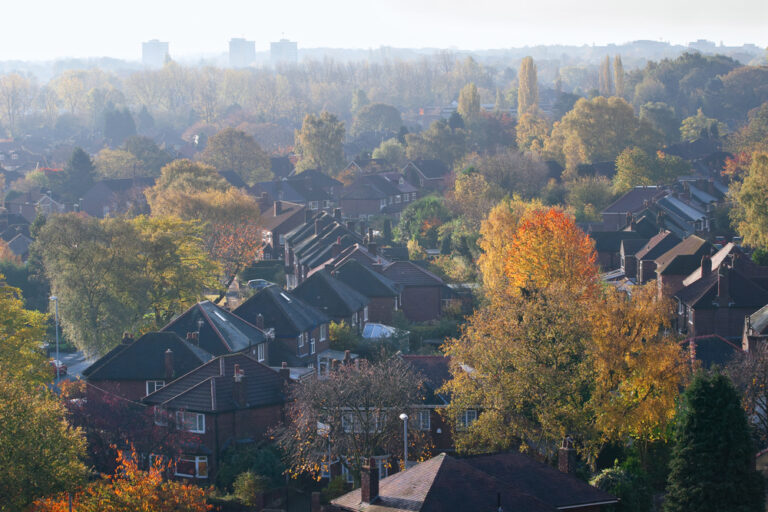Live-in landlords, (sometimes called resident landlords) rent out rooms in their homes to tenants. While the premise is simple, there are many things to consider as a live-in landlord, so let’s take a look at the ins and outs.
What is the definition of a resident landlord?
If you rent out part of your home to one or more tenants, then you are a live-in landlord. The property you share with tenants must also be your only or primary place of residence to classify as a live-in landlord.
You are not a live-in landlord if the following applies to you:
- The property is split into purpose-built flats and the tenant lives in a separate flat to you.
- You are not considered by law to be a resident of the property.
Tenant or lodger?
People who cohabit with live-in landlords are typically classified as either ‘lodgers’ or ‘tenants’. These categories affect the rights and obligations of both parties, emphasising the importance of having a written agreement that outlines terms and conditions clearly.
- A tenant has exclusive use of at least one room within the property. This means the landlord cannot enter the rented space without giving advance notice.
- When renting to a lodger, the landlord has unrestricted access to the entire property. Rather than having a tenancy, a lodger has a ‘licence to occupy’.
Related: Should I rent out my property to family members?
Why do people rent out their spare rooms?
Many people choose to rent out a spare space in their home to supplement their income, or even for a bit of company. There is also a financial incentive in place for renting out an extra room in your home with the government’s Rent a Room Scheme. Live-in landlords could earn up to £7,500 tax-free through this scheme, while also benefiting from rental income.
Live-in landlord responsibilities
While live-in landlords can take a more casual approach to letting out their property, it’s still important to comply with all the rules and regulations that are in place. Otherwise, you could leave yourself vulnerable to legal disputes, penalties, or even prosecution.
Related: Becoming a landlord: Hidden costs and fees
Getting permission to let
If you have an outstanding mortgage on the property, you must ask permission from your lender before letting out one of the rooms. Or, if you’re a long-term leaseholder, you will need to consult the terms of your lease first.
However, if you own your home outright, you should not need permission to rent out a spare room.
Updating your insurance
You will also need to update your insurance plan as standard home insurance will not cover you for damages made to the property by the tenant.
Health and safety
The law makes little distinction between regular landlords and live-in landlords when it comes to health and safety regulations. Live-in landlords must provide adequate and safe facilities while also maintaining compliance with gas, electrical, and fire safety standards.
Live-in landlords are also responsible for property repairs and maintenance, ensuring that the property remains safe, free from hazards, and is fit for living in. However, tenants are responsible for repairing any damage they have caused to the property, so it’s important to clarify these terms in the agreement.
Related: A landlord’s guide to property inspection
Deposits for live-in landlords
As a live-in landlord, you are not required to take a deposit from your tenants or lodgers, but it could be prudent to do so. If your tenant were to damage the property, a deposit can provide some financial security and can be used to cover the cost of repairs.
Privacy and boundaries
Balancing your personal privacy with the needs of your tenants requires clear communication and setting expectations from the outset. It can be difficult to maintain a professional relationship with someone you live with, so make sure to set clear boundaries with your tenant and have a written agreement for full clarity.
Tax implications
Much like regular landlords, live-in landlords may also need to account for specific tax implications, such as deductions for rental income and allowable expenses.
Is a live-in landlord arrangement right for me?
In essence, a live-in landlord arrangement offers a unique housing option that can foster a sense of community and security for tenants while providing landlords with a supplementary income stream. However, it requires careful consideration of both practical and legal aspects to ensure a harmonious living environment for all parties involved.
Whether you’re considering becoming a live-in landlord or exploring tenancy options as a renter, understanding the dynamics and responsibilities associated with this setup is essential for a successful and fulfilling experience.
Need more landlord advice? Work with Parkers today.
When you work with Parkers, we’ll manage your property inspections for you. Find out about our range of managed letting services today.







